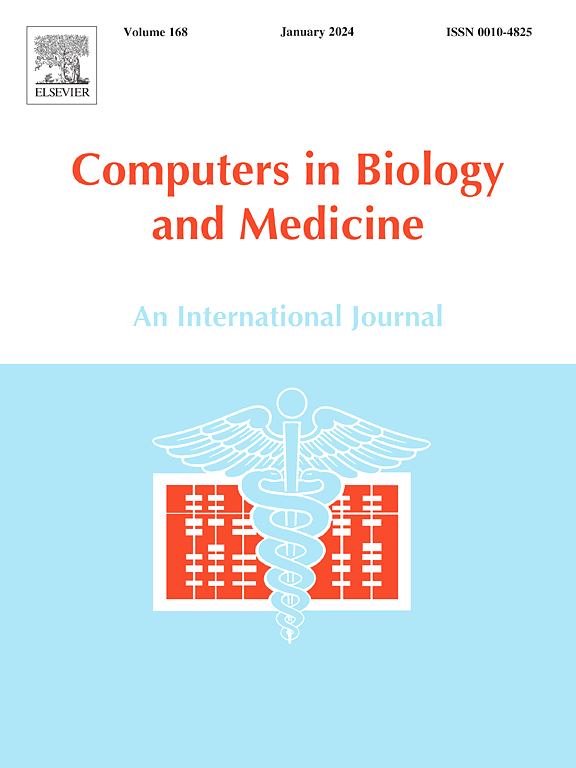Two-stage CNN-based framework for leukocytes classification
IF 7
2区 医学
Q1 BIOLOGY
引用次数: 0
Abstract
Leukocytes are pivotal markers in health, crucial for diagnosing diseases like malaria and viral infections. Peripheral blood smear tests provide pathologists with vital insights into various medical conditions. Manual leukocyte counting is challenging and error-prone due to their complex structure. Accurate segmentation and classification of leukocytes remain challenging, impacting both accuracy and efficiency in blood microscopic image analysis. To overcome these limitations, we propose a robust two-stage CNN framework that integrates YOLOv8 for precise segmentation and MobileNetV3 for effective classification. Initially, WBCs are segmented using YOLOv8m-seg, extracting ROIs for subsequent analysis. Then, features from segmented ROIs are used to train MobileNetV3, classifying WBCs into lymphocytes, monocytes, basophils, eosinophils, and neutrophils. This framework significantly advances leukocyte categorization, enhancing diagnostic performance and patient outcomes. The proposed technique achieved impressive accuracy rates of 99.56 %, 99.19 % and 98.89 % during segmentation and 99.28 %, 99.63 % and 98.49 % during classification on Raabin-WBC, PBC and LISC datasets, respectively, outperforming state-of-the-art methods.
求助全文
约1分钟内获得全文
求助全文
来源期刊

Computers in biology and medicine
工程技术-工程:生物医学
CiteScore
11.70
自引率
10.40%
发文量
1086
审稿时长
74 days
期刊介绍:
Computers in Biology and Medicine is an international forum for sharing groundbreaking advancements in the use of computers in bioscience and medicine. This journal serves as a medium for communicating essential research, instruction, ideas, and information regarding the rapidly evolving field of computer applications in these domains. By encouraging the exchange of knowledge, we aim to facilitate progress and innovation in the utilization of computers in biology and medicine.
 求助内容:
求助内容: 应助结果提醒方式:
应助结果提醒方式:


